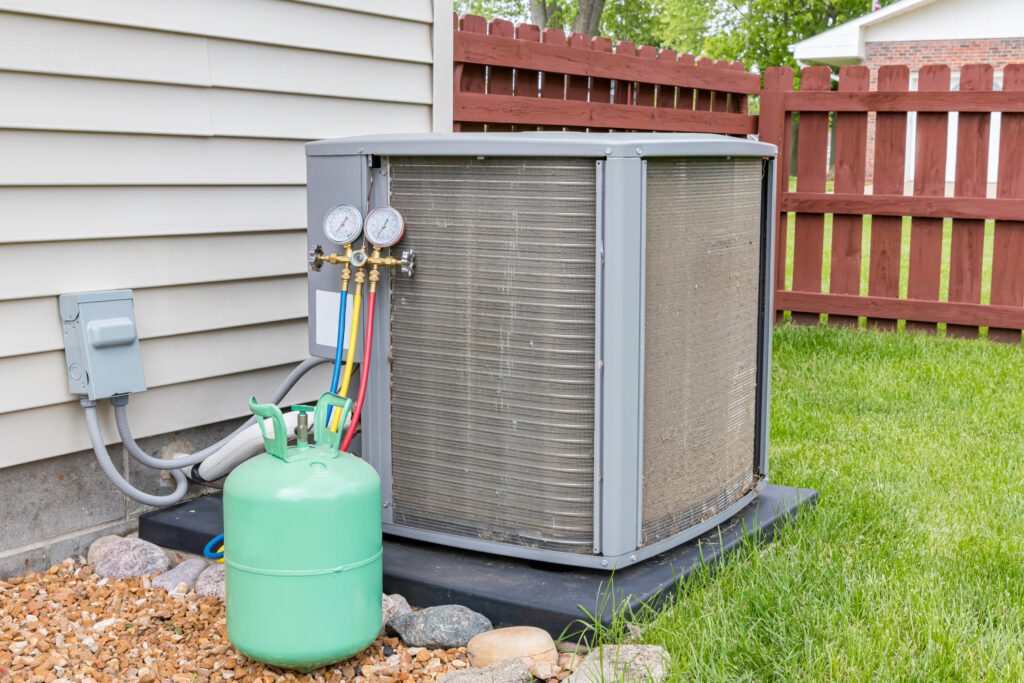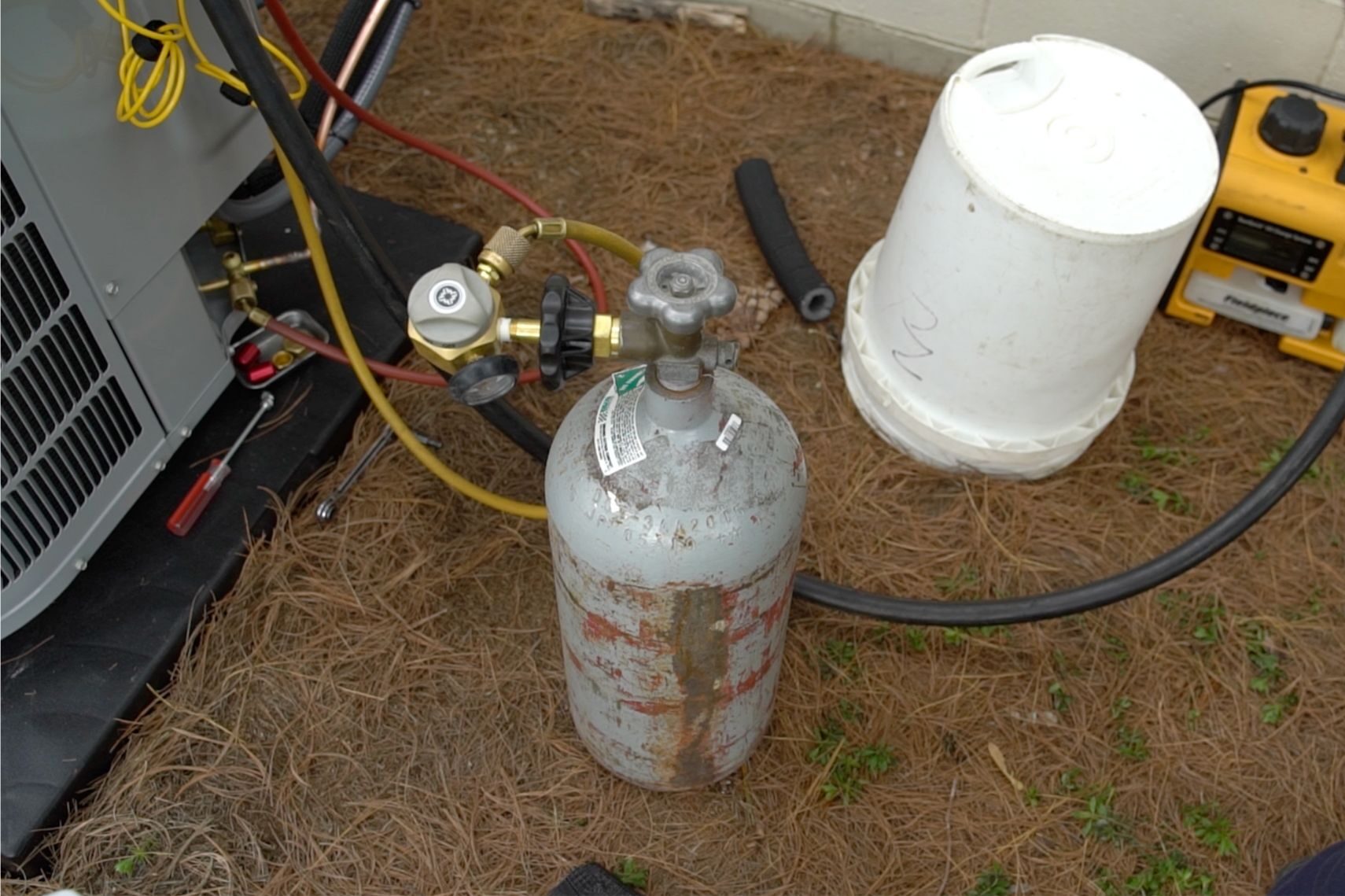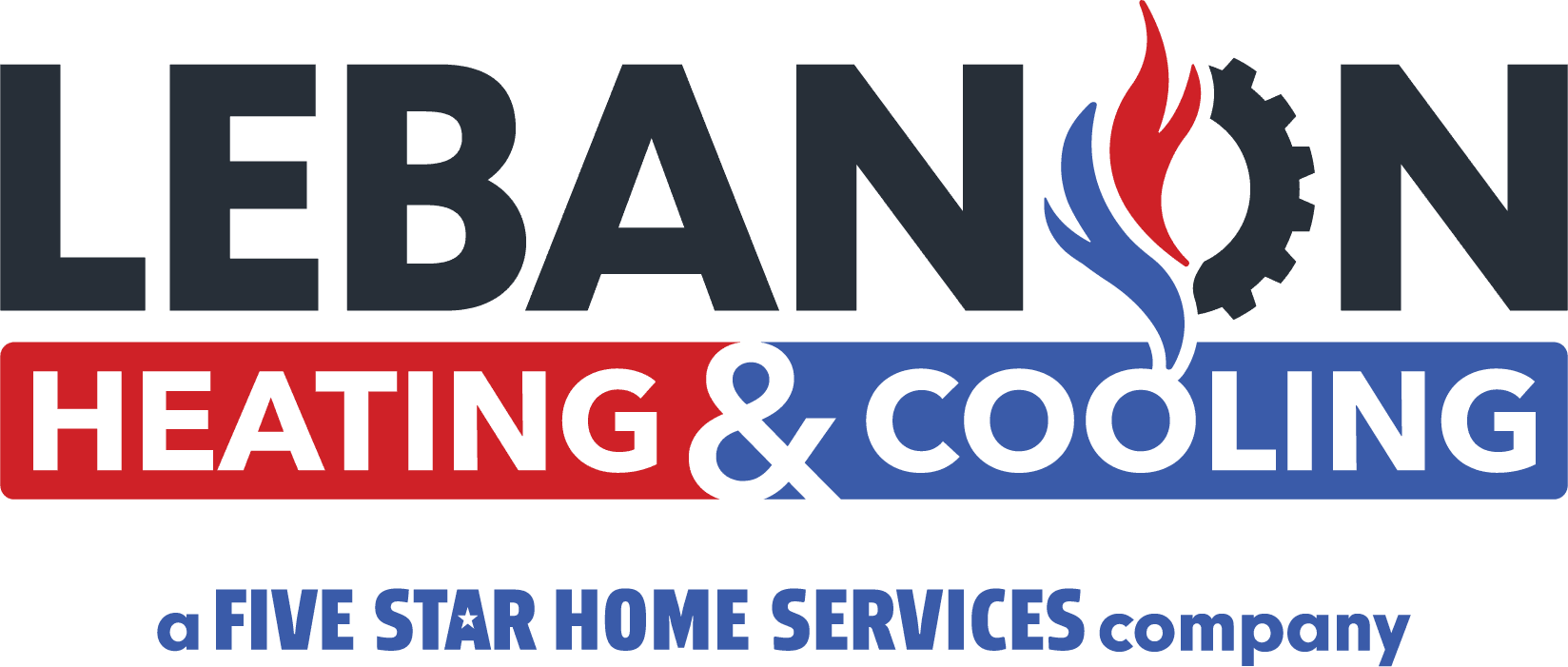In recent years, the HVAC industry has seen a lot of changes, especially concerning refrigerants. As we continue into 2025, it’s important for homeowners to be aware of these changes to make smart decisions about their HVAC systems. Whether you’re upgrading an existing setup or maintaining the one you have, knowing the latest in refrigerant technology is key.
Understanding HVAC Refrigerants
Refrigerants are crucial for air conditioning and refrigeration as they absorb heat from the surroundings to provide cooling. Some of the older refrigerants have been found to harm the environment, prompting the phase-out of certain chemicals and the push for more eco-friendly alternatives.

R-22 Phase-Out
A major change has been the phase-out of R-22, which was widely used in older air conditioning units. Since January 1, 2020, producing and importing R-22 in the United States has been banned, accelerating the transition to eco-friendlier solutions. For homeowners with older systems that still use R-22, this means that maintenance and refill costs might skyrocket as supplies dwindle and prices rise.
The Transition to R-410A and New Alternatives
R-410A has replaced older refrigerants as the standard for new HVAC systems due to its reduced environmental impact and better energy efficiency. However, advancements in refrigerant technology continue to emerge.
New options like R-32 and R-454B are becoming popular due to their lower Global Warming Potential (GWP), offering a more sustainable choice as the industry turns toward greener solutions. R-32 is especially gaining traction for its higher energy efficiency and lower environmental footprint.
As environmental regulations become more stringent, the industry is moving towards sustainable practices. New refrigerants are being designed to reduce global warming and ozone depletion impacts.
What This Means for Homeowners
1. Evaluating Your Current System
If your HVAC relies on R-22, it’s wise to consider upgrading to newer models using R-410A or other green alternatives. Although installing a new setup can be costly upfront, the long-term benefits of energy savings, reduced maintenance costs, and environmental conservation make it a worthy investment.
2. Staying Updated on Regulations
Because refrigerant-related regulations are continually changing, keeping informed is crucial. This helps homeowners not only comply with the latest laws but also make choices that are friendly to the environment.
3. Consulting HVAC Experts
If you’re unsure about your system’s refrigerant or thinking of upgrading, consulting with a certified HVAC technician can be highly beneficial. They can guide you to the most efficient and eco-friendly options based on your specific needs.
4. Prioritizing Energy Efficiency
When considering a new HVAC installation, focus on energy efficiency. Modern systems with advanced refrigerants use less electricity, which can lead to significant savings on your utility bills over time.
How to Check Your HVAC System’s Refrigerant Levels
Your HVAC system requires the right amount of refrigerant to function efficiently. If levels are too low, you may experience poor cooling, rising energy bills, and even potential system damage.
As a homeowner, it’s important to recognize the warning signs. Here’s how to check for low refrigerant and what to do next.
1. Watch for Signs of Low Refrigerant
If your air conditioner is blowing warm air, running longer than usual, or causing a spike in your energy bills, it could indicate a refrigerant issue. Additionally, ice buildup on refrigerant lines or hissing sounds from your system may signal a leak that requires immediate attention.
2. Check for a Refrigerant Sight Glass
Some HVAC systems have a sight glass near the refrigerant line, allowing for a quick visual check. If the liquid inside flows smoothly and looks clear, your refrigerant levels are likely fine. However, if you notice bubbles or foam, this could indicate a low refrigerant charge or a possible leak. If your system doesn’t have a sight glass, proceed to the next step.
3. Call the Experts at Lebanon Heating & Cooling
We’ve got you covered! If your HVAC system is low on refrigerant, it’s essential to have a licensed professional inspect it for leaks before refilling the system. Our certified technicians have the right tools and expertise to diagnose, repair, and safely recharge your refrigerant, ensuring your system operates efficiently.
Our HVAC technicians are NATE-certified, so when you book a call with us, you can rest assured we will get the job done right!

As the HVAC refrigerant scene continues to change, staying informed is essential for homeowners. Knowing which refrigerants are being phased out and which are becoming the standards will help in making well-informed decisions for your home’s HVAC needs. By focusing on energy efficiency and seeking advice from experts, you can maintain a comfortable and environmentally friendly home.
For personalized advice and services, reach out to Lebanon Heating & Cooling. They are ready to assist with all your HVAC needs, ensuring your home stays comfortable and green.





